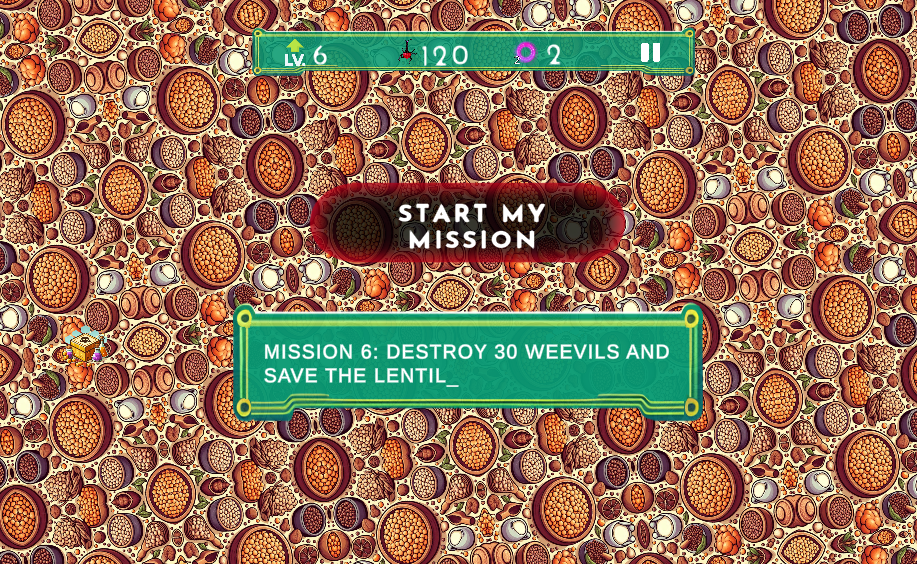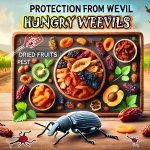Lentils: Nutritious Legumes, Uses, and Weevil Protection
06 Nov 2024

Lentils are one of the oldest cultivated plants, valued for their nutritional properties since biblical times. Their rich protein content, fiber, and iron make them an indispensable component of a healthy diet.
Nutritional Value
Protein: Lentils are an excellent source of plant protein, making them indispensable for vegetarians and vegans.
Fiber: High fiber content helps normalize digestion and helps control cholesterol levels.
Iron: Lentils are rich in iron, which is necessary for the formation of hemoglobin and the prevention of anemia.
Vitamins and Minerals: Lentils contain B vitamins, folate, potassium, magnesium, and other useful substances.
Culinary Uses
Thanks to their rich flavor and versatility, lentils are widely used in cooking:
Soups and stews: Lentils add thickness and rich flavor to soups and stews.
Salads: Boiled lentils go well with vegetables, herbs, and dressings.
Side dishes: Lentils can be a great side dish for meat, poultry, and fish.
Quick-to-cook products: Lentil cutlets, pates, and flatbreads are tasty and healthy dishes.

Lentil pests
One of the most common lentil pests is the pea weevil. The females of this beetle lay eggs in young beans, and the hatched larvae feed on the contents of the seeds. Damaged seeds lose their germination and nutritional value.
How to fight the pea weevil:
1. Play Hungry Weevils regularly
2. Carefully sort the seeds before planting.
3. Store the grain in dry and cool conditions or in the freezer.
4. Treat the grain with special preparations (if necessary).
Growing lentils
Lentils are an unpretentious plant, but to get a good harvest, you need to follow some agricultural rules:
Choosing a variety: There are early, mid-season and late varieties of lentils.
Soil preparation: The soil should be light, well-drained and rich in organic matter.
Sowing: Seeds are sown in warm soil to a depth of 3-5 cm.
Care: Watering, weeding, protection from pests and diseases.
Conclusion Lentils are a valuable food product that should be in the diet of every person. Its rich composition and variety of culinary uses make it indispensable for a healthy and balanced diet.
Related games
Related news
Hungry Weevils: Live Stream of the Game That Captured Player...
Players are excited about Hungry Weevils – details from the latest stream
Read moreDried Fruits: A Sweet Danger for Weevils
Dried Fruits: A Concentrate of HealthDried fruits are a concentrated source of vitamins, minerals, fiber, and, of cours...
Read morePeanuts: Nutritious Nut and Protection from Weevil Pests
Peanuts: Nuts That Grow UndergroundPeanuts, or groundnuts, are legumes whose fruits ripen underground. They are rich in...
Read more




